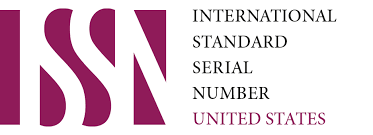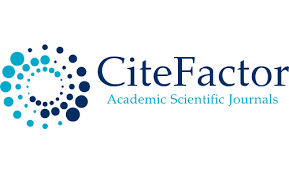Elementary School Students Pirls Evaluation System For Independent Reading Teaching In A Hand-Held Tool
DOI:
https://doi.org/10.62480/jpip.2024.vol36.pp4-5Keywords:
PIRLS, international program, skills, analysisAbstract
This article talks about the methods, their types, methods of conducting, etc., aimed at attracting primary school students to independent study and preparing them for the PIRLS international assessment program
References
The Regional Education Center of the Ministry of Public Education of the Republic of
Uzbekistan, T., 2017.
https://telegra.ph/PIRLS-nima-benefits-how-in recent years-results-03-13.
The National Center for International Studies on the Quality of Education before the State
Inspectorate for Education Monitoring before the Cabinet of Ministers of the Republic of
Uzbekistan "A collection of assignments for evaluating students' mathematical, natural
sciences and reading literacy," — T., 2019; electronic source: https://t.me/milliymarkaz.
Qayumova Sh. T. Taʼlim samaradorligini oshirishda xalqaro baholash dasturlarining
ahamiyati. Article. «ISSUES OF INNOVATIVE DEVELOPMENT OF SCIENCE,
EDUCATION AND TECHNOLOGY» International scientific and practical online сonference.
Andijon 2022 6. http://www. pirls. org/ PIRLS International Research Program
PIRLS 2021 tadqiqoti qamrov doirasida 17. “PIRLS 2021 International results” 18. Buriyevna,
X. F., & Baxtiyorovich, T. B. (2023). ORGANIZING FORMS OF COURSES THROUGH
INTERNATIONAL EDUCATIONAL PROGRAMS BASED ON THE EXPERIENCE OF
DEVELOPED COUNTRIES. British Journal of Global Ecology and Sustainable Development,
, 33-34.
Evaluation of the literacy of primary school students in international studies.
(Methodological manual for elementary school teachers, methodologists, and industry
professionals).) National Center for International Studies on Quality Assessment of
Education under the Inspection of Education. Tashkent, 2019, 92-bet.
Downloads
Published
Issue
Section
License

This work is licensed under a Creative Commons Attribution-NonCommercial 4.0 International License.
User Rights
Under the Creative Commons Attribution-NonCommercial 4.0 International (CC-BY-NC), the author (s) and users are free to share (copy, distribute and transmit the contribution).
Rights of Authors
Authors retain the following rights:
1. Copyright and other proprietary rights relating to the article, such as patent rights,
2. the right to use the substance of the article in future works, including lectures and books,
3. the right to reproduce the article for own purposes, provided the copies are not offered for sale,
4. the right to self-archive the article.












